
As you step into the world of breast milk pumping, either in anticipation or full swing, here’s a little guide to shine a light on this aspect of motherhood. Pumping can seem like a new adventure, so let’s peel back the curtain and explore ten key facts that’ll give you the upper hand.
But first, let’s get started with a meaningful answer.
Is It Safe to Pump Breast Milk?
Yes, pumping breast milk is safe when done correctly. It is a common and often necessary practice for many mothers who wish to provide breast milk to their infants but are unable to breastfeed directly or need to be away from their babies for work or other reasons.
Pumping breast milk is indeed safe when proper protocols are followed. This involves using a breast pump that’s clean and in good working condition, practicing thorough hand hygiene before touching the pump or milk, and storing the expressed milk in sterile containers, either in the refrigerator or freezer, based on recommended guidelines
. It’s also essential to handle thawing with care, avoiding the re-freezing of milk that has been melted.
Additionally, when transporting expressed milk, keep it at a safe temperature. Should you encounter any discomfort or have concerns, it’s advisable to seek guidance from a lactation consultant or a medical professional to ensure the best practices for your health and your baby’s.
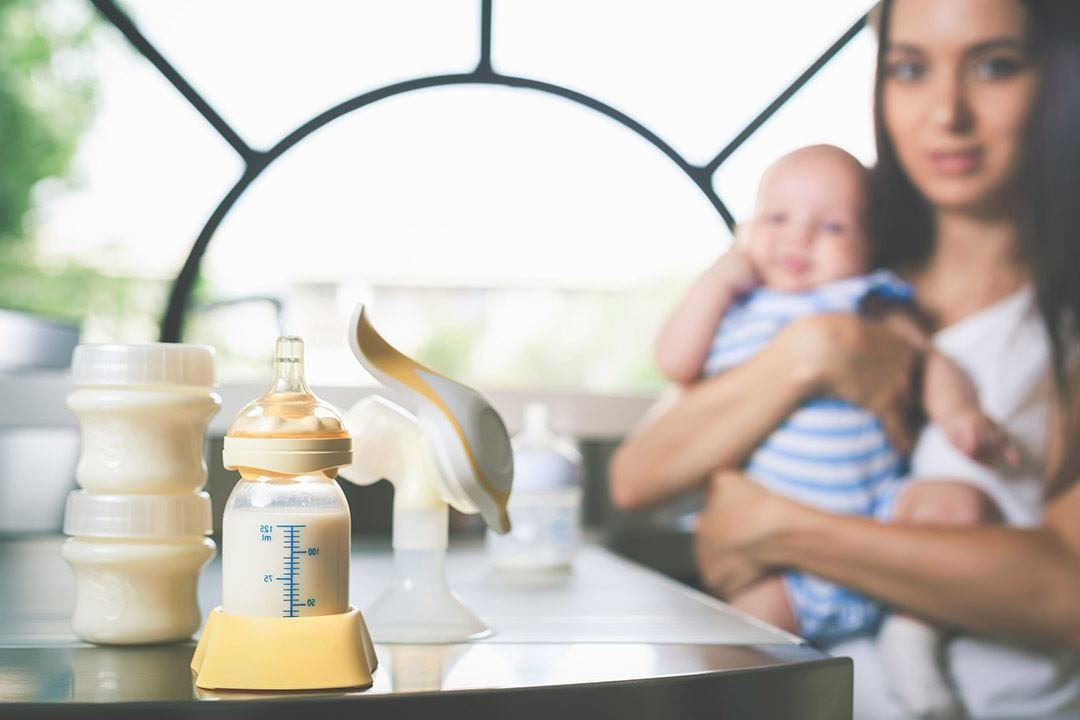
10 facts about pumping breast milk
Mimics Baby’s Suction
The genius behind breast pumps is their ability to imitate the complex action of a baby’s suckling. Picture this: when your little one latches on, it’s not just about sucking. They use their tongue and jaw in a rhythmic dance, coaxing milk from the alveoli—those tiny milk factories in your breast—into the milk ducts. This rhythm isn’t just a milk-extraction thing for that moment. It’s a crucial signal to your body, whispering, “Hey, we need more milk here!” So, every time you’re pumping breast milk, you’re not just filling up those bottles; you’re telling your body to keep the good stuff coming.
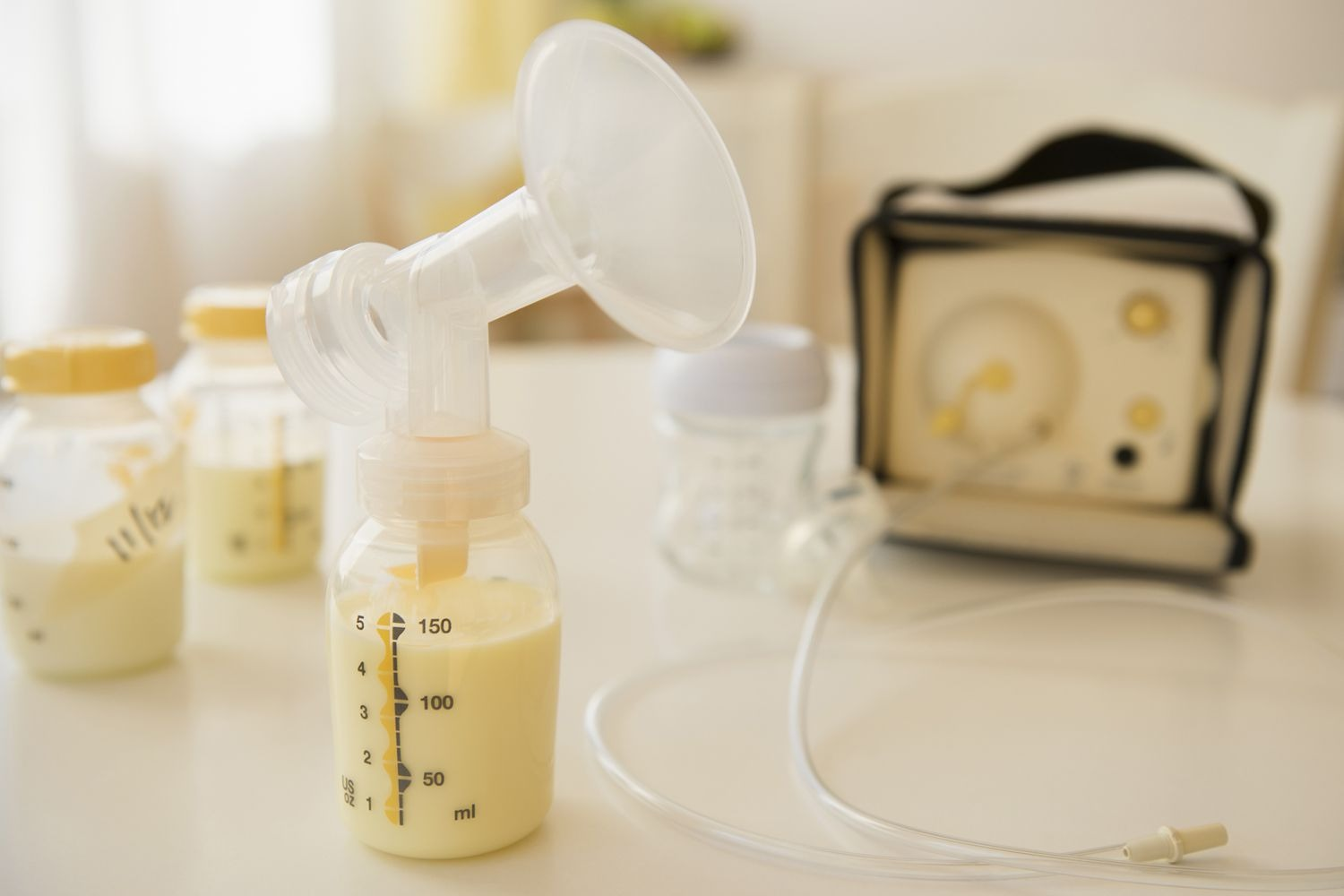
Two Types of Pumps
The choice between manual and electric breast pumps is akin to a bicycle and a car—they’ll both get you to your destination, but the journey will feel different. Manual pumps require physical labor, as you repeatedly squeeze a handle to create suction. They’re often quieter and more portable, but they can be tiring over time and less efficient for those who need to pump several times a day.
Electric pumps, conversely, do the work for you. They can be quicker, offer more suction and pattern settings, and are better for establishing or maintaining a solid milk supply.
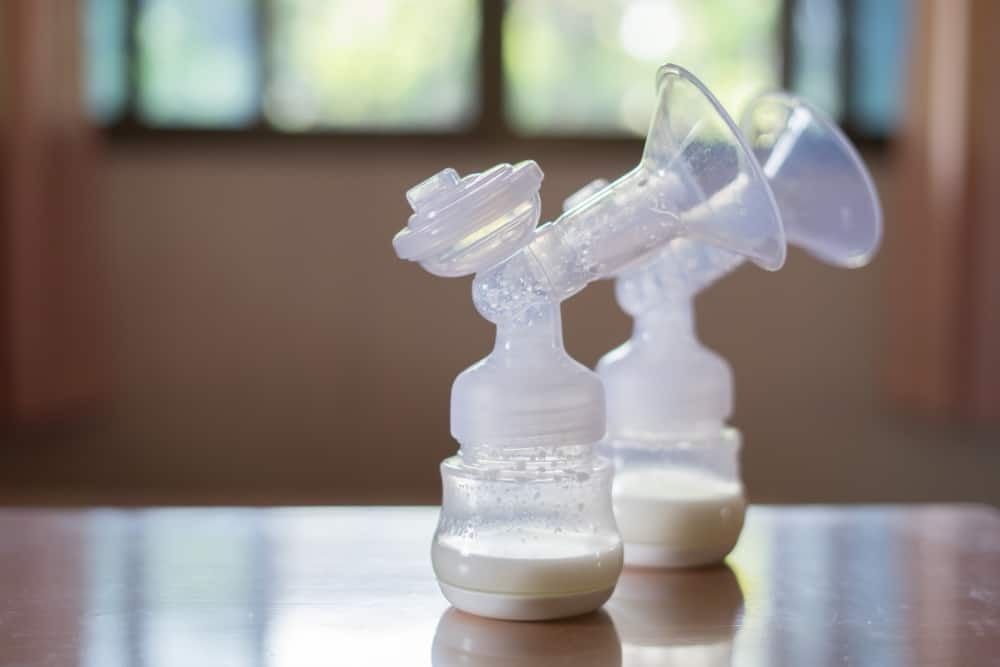
Supply and Demand
Breast milk production is a marvel of biological feedback. Essentially, the more milk is removed from the breasts, the more the body is triggered to produce.
This principle means that consistent pumping can help maintain and increase supply, ensuring that even when separated from your baby, your body continues to make the nourishment it needs. It’s a responsive system designed to adapt to the needs of your growing baby.
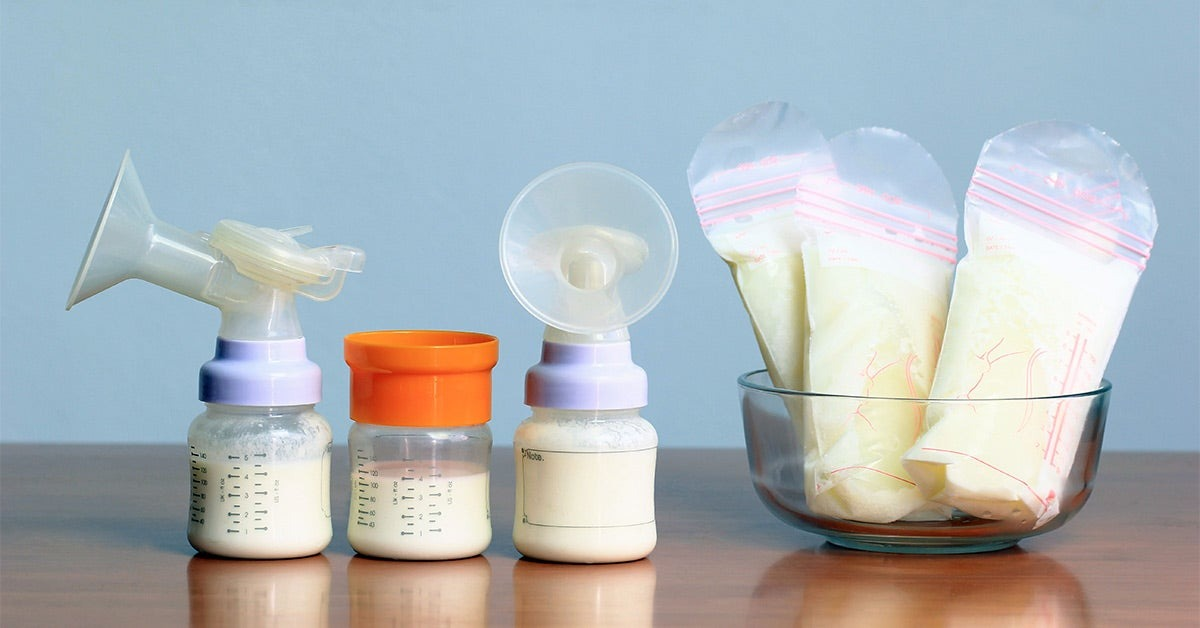
Caloric Burn
Many new mothers are surprised to learn that pumping and breastfeeding are not just about feeding the baby but also about maternal health. The body uses energy to produce milk, so lactation burns calories.
This energy expenditure can be significant, comparable to many forms of exercise. For mothers who pump or breastfeed, this can contribute to a gradual loss of the weight gained during pregnancy as part of an overall healthy lifestyle.
Hormonal Response
When you pump, it’s not just about the mechanics. The body responds hormonally, releasing oxytocin, often dubbed the ‘love hormone.’
This hormone plays a crucial role in social bonding. Still, in the context of lactation, it triggers the milk ejection reflex, or let-down, which is essential for milk flow. This reflex can sometimes be felt as a tingling sensation. It can be elicited by the baby’s cry or even just thinking about your baby.
Sterile Milk
Breast milk is often thought of as ‘liquid gold,’ and for good reason. It’s not sterile in the technical sense. Still, it’s teeming with beneficial components, including bacteria-fighting cells and substances that boost the baby’s immune system.
This is why the way pumped milk is handled is so important. To maintain these protective qualities, milk should be stored in clean containers and refrigerated or frozen promptly, and all pumping equipment should be sterilized regularly.
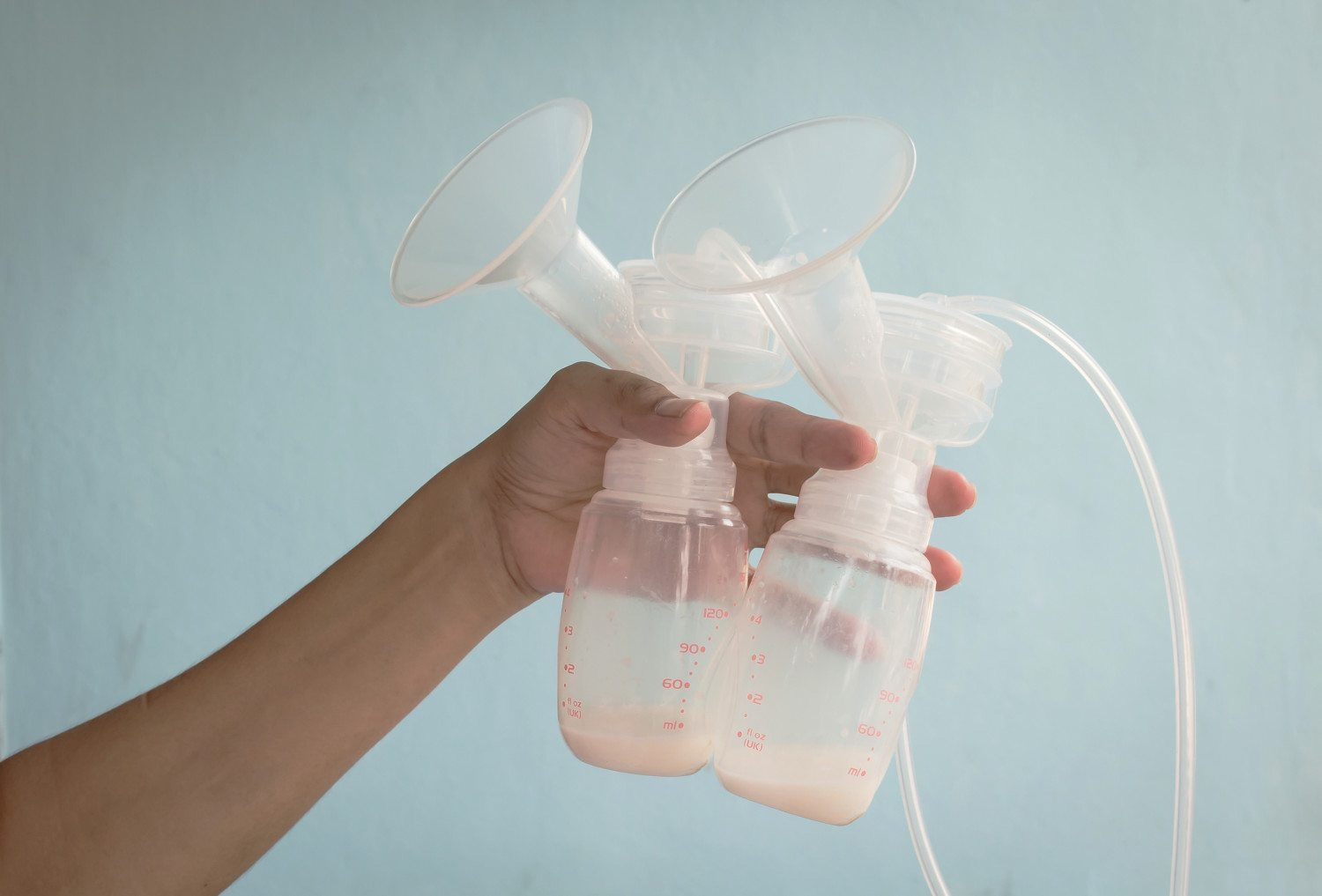
Variable Fat Content
The composition of breast milk is nothing short of remarkable. It changes not only from mother to mother but also within a single feeding or pumping session. Initially, the milk tends to be more watery (foremilk) to quench the baby’s thirst.
As the session continues, the milk becomes richer in fat (hindmilk), providing the calories needed for growth. This natural variation underscores the importance of fully emptying the breast to ensure babies receive a balanced feed.
Freezing Affects Antibodies
Breast milk’s immunity-boosting abilities are legendary. Yes, freezing does change some antibodies, especially those fighting bacteria. But guess what? Frozen breast milk is still a superhero in the immunity world, holding onto most of its protective powers. The trick is to freeze and thaw it just right to keep these guardians at their best.
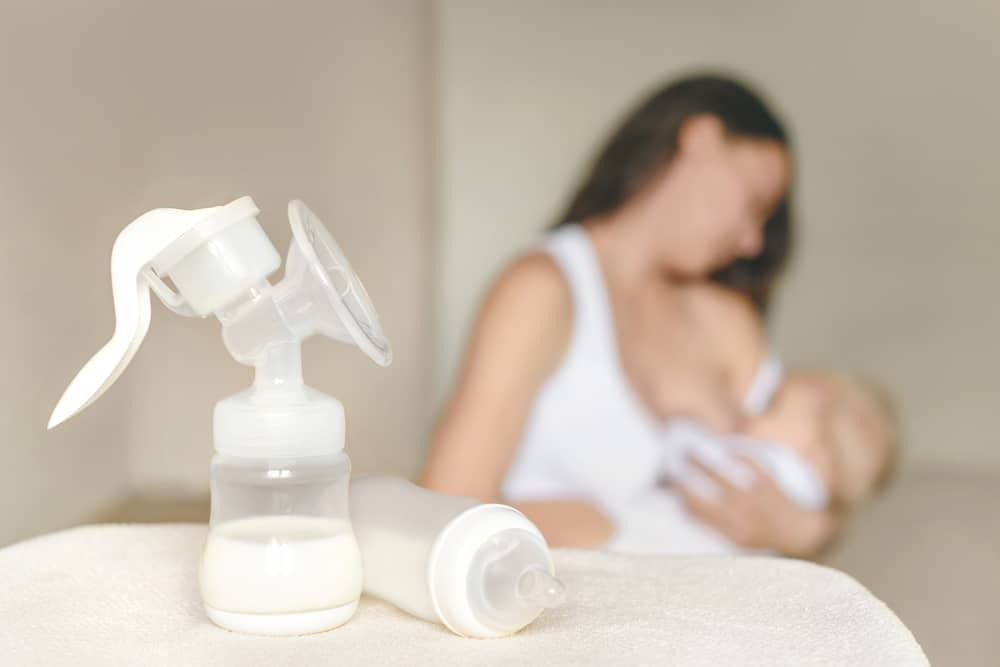
Legal Rights
In the landscape of working mothers, pumping at work is more than just a personal matter—it’s a legal one. Legislation in many regions mandates that employers must provide reasonable break time and a private space for breast-pumping mothers.
This space cannot be a restroom. It must be a place where the mother can express milk without intrusion from coworkers or the public, underscoring the recognition of breastfeeding as a vital part of infant care.
Pump Flange Fit
The flange, or breast shield, is not just a funnel—it’s a critical component of the pumping process. The right fit is essential; it is too small, and it can cause friction and pain. Too large, and it may not provide effective suction, leading to reduced milk output.
An ill-fitting flange can also contribute to nipple trauma, which can be a significant deterrent to successful pumping. Taking the time to get professionally fitted for a flange can make a substantial difference in comfort and efficiency.
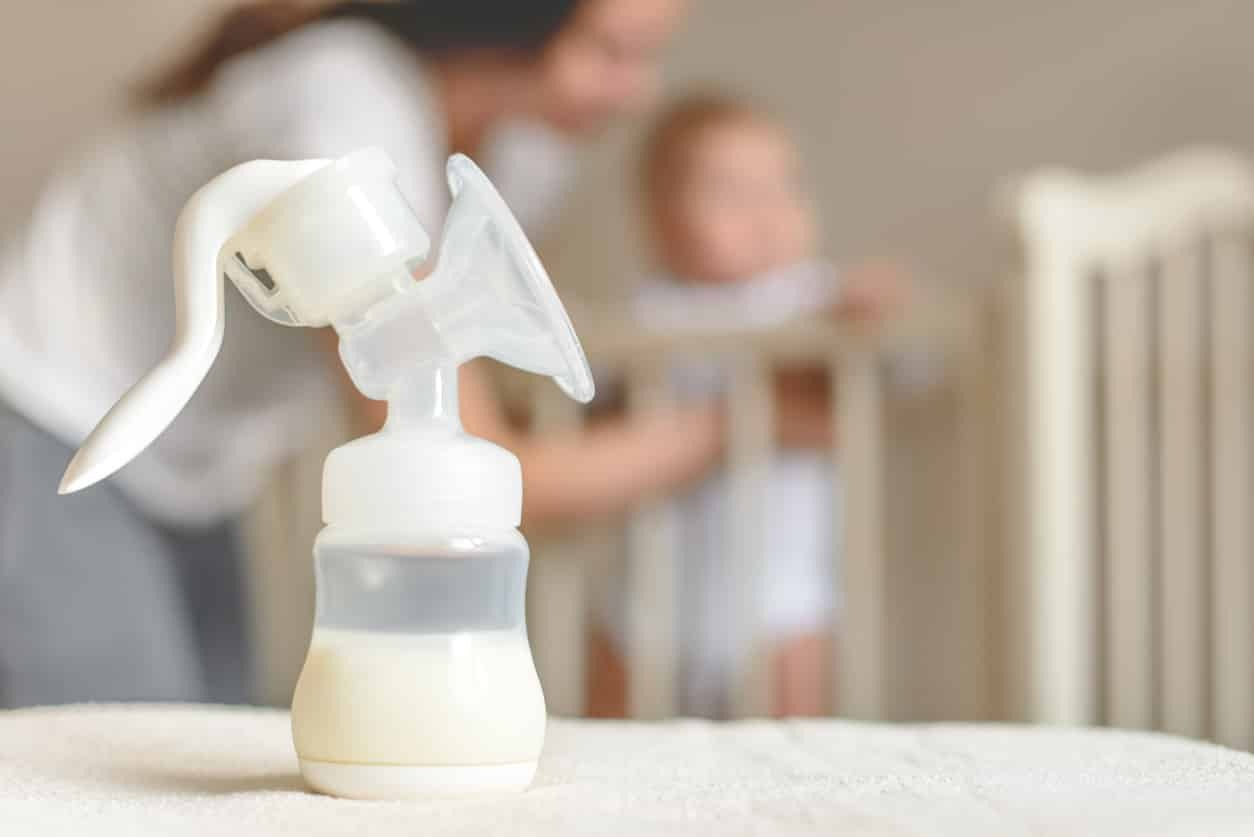
Conclusion
There you have it—ten nuggets of wisdom to empower you through your pumping journey. Remember, whether you’re a few drops or ounces in, every bit is a labor of love for your little one. Pumping is more than just a routine; it’s a bridge connecting you and your baby, no matter where you are.
Feeling more prepared? Or you’ve got tips to share from your pumping journey. Drop a comment, share the love, and let’s keep this conversation flowing. For personalized support, lactation consultants are your go-to pros. Let’s make this pumping journey as smooth as possible—for you and your baby.
Happy pumping, mamas—you’ve got this!
FAQ’s
How often should I pump?
To establish a good milk supply, it’s typically recommended to pump according to your baby’s feeding schedule, usually every 2-3 hours.
How long should each pumping session last?
The sweet spot is about 15-20 minutes per side, but everyone’s different.
The best time to pump?
Many moms find their supply is like a morning coffee rush—plentiful. But the golden rule is to pump when it works for you and your baby.
How much milk should I be pumping?
This varies greatly. Some women pump 2-4 ounces total (from both breasts) per session, while others may pump more or less. And don’t sweat over the ounces. Pumping isn’t a milk-measuring contest. It’s about providing for your baby, and every drop counts.
How can I increase my milk supply when pumping?
Regular pumping, staying hydrated, eating a balanced diet, and sometimes using techniques like massage or warm compresses can help increase supply.
Need a supply boost? Stay hydrated, eat well, and maybe try those warm compresses. And yes, keep those pump parts clean and cozy – a good soap and warm water wash after each use, with regular sterilizing, especially if your little one is extra sensitive.
Do I need to sterilize my pump parts after every use?
Pump parts should be thoroughly cleaned after each use with soap and warm water. Sterilization is recommended regularly, depending on the pump’s instructions and whether the baby is at a higher risk for infection.
Can I store breast milk?
Yes, breast milk can be stored in clean bottles or bags in the refrigerator for up to 4 days, and in the freezer for about 6 months is best; up to 12 months is acceptable.


Leave a Reply